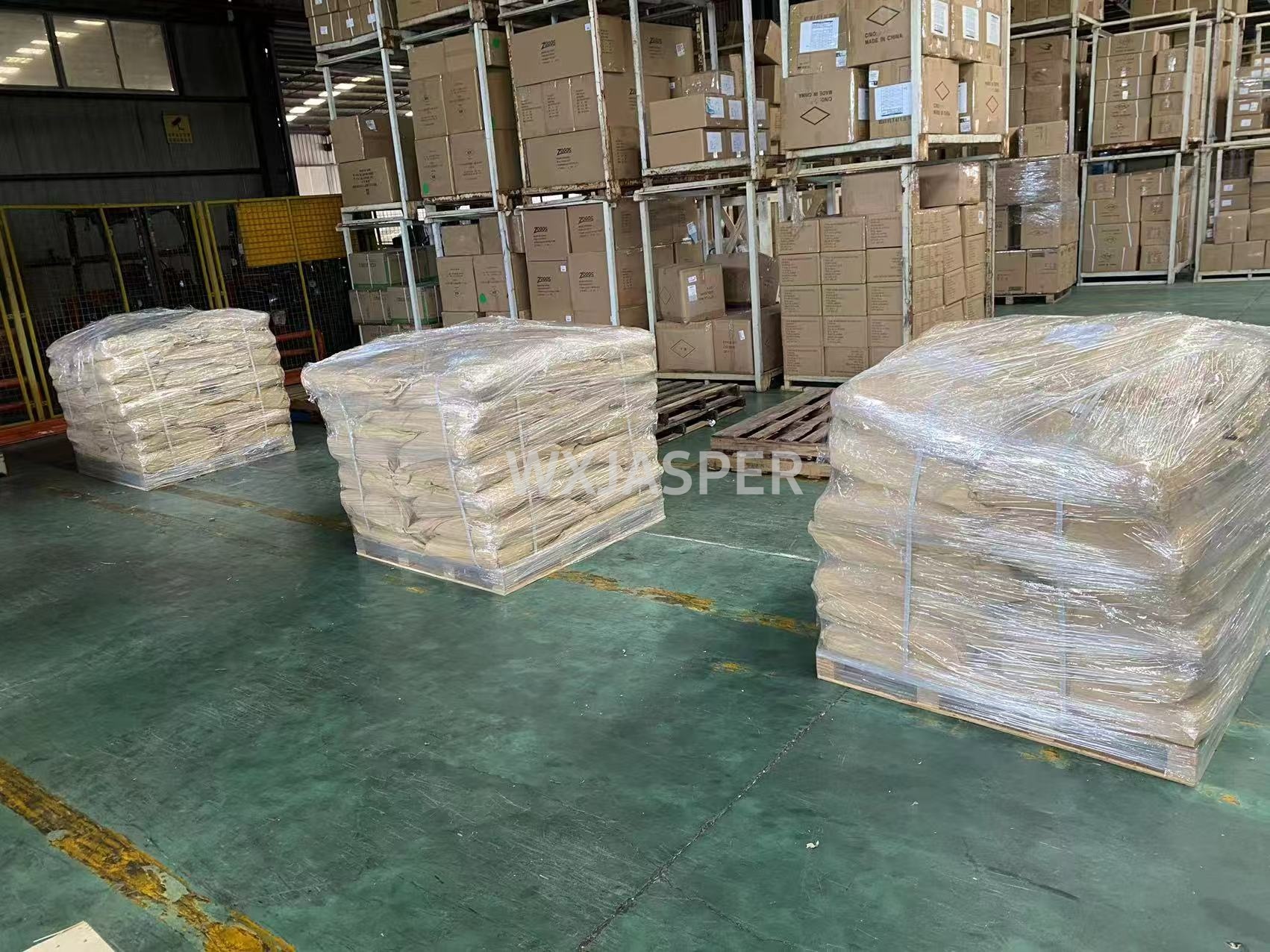Product Details
CasNo: 69-72-7
MF: C7H6O3
Appearance: powder
Delivery Time: 15 days
Packing: 25kg/bag
Purity: 99%
1. Basic Information
Chemical Formula: C₇H₆O₃
English Name: Salicylic Acid
Molecular Weight: 138.12 g/mol
Appearance: Appears as white needle - shaped or white crystalline powder
Density: 1.44 g/cm³
Melting Point: 159 °C
Boiling Point: 211 °C
Solubility: Highly soluble in methanol, ethylene glycol, diethyl ether, ethanol, and boiling water. Slightly soluble in chloroform, water, and benzene. Insoluble in n - hexane.
2. Efficacy and Functions
2.1 Medical Field
Salicylic acid can be used to treat a variety of skin diseases, such as acne vulgaris, seborrheic dermatitis, psoriasis, superficial fungal infections of the skin, verruca vulgaris, corns, calluses, and local hyperkeratosis.
- Acne Vulgaris: Acne is usually caused by excessive keratinization of the sebaceous gland ducts, leading to the accumulation of sebum and inflammation. Salicylic acid can loosen the stratum corneum, eliminate inflammation, and has antibacterial and anti - infectious effects, so it can be used to treat acne vulgaris.
- Seborrheic Dermatitis: This disease is usually accompanied by abnormal hyperplasia of the stratum corneum. Salicylic acid with a concentration of 2% - 10% can be used to remove the hyperplastic stratum corneum and assist in the treatment of the disease.
- Psoriasis: This disease usually has severe desquamation and hyperkeratosis. Salicylic acid with a concentration of 2% - 10% can be used to remove the hyperplastic stratum corneum and inhibit bacteria, fungi, etc., to avoid infection.
- Superficial Fungal Infections of the Skin: A concentration of 3% - 6% salicylic acid is often used, and 15% concentration can be used for onychomycosis. It can inhibit the growth of fungi and at the same time soften and remove the hyperplastic stratum corneum caused by fungal irritation.
- Verruca Vulgaris: 5% - 15% salicylic acid is often used to corrode the warts and kill the infected virus to avoid recurrence.
- Corns and Calluses: Both are diseases caused by abnormal hyperplasia of the stratum corneum. Using 15% or higher concentration of salicylic acid to dissolve and corrode can remove the hyperplastic stratum corneum.
2.2 Cosmetic Field
Salicylic acid has functions such as oil - control and acne - treatment, anti - inflammation, and exfoliation. Due to its lipophilicity, it can penetrate into the pores, dissolve the accumulated oil and aged stratum corneum, inhibit the growth of Propionibacterium acnes, and also inhibit the release of inflammatory factors to soothe the skin and promote skin metabolism, making the skin smoother and more delicate. It is often used in cosmetics such as facial cleansers, toners, serums, and masks.
2.3 Other Fields
- Rubber Industry: It can be used as a rubber vulcanization retarder, production of antiscorching agents, ultraviolet absorbers, and foaming auxiliaries.
- Food Industry: It can be used as a preservative.
- Other Industrial Applications: It can be used as a curing agent for phenolic resins, an anodic coloring agent, a sizing preservative for textile printing and dyeing, an expanding agent (dye - promoting agent) for synthetic fibers, etc. Its esters can be used as flavor agents. For example, methyl salicylate can be used as a flavor agent for oral cavity products such as toothpaste and other compound flavor agents and food flavor agents. In addition, salicylic acid is also a plant hormone, which can induce plant flowering and enhance plant resistance to diseases.
3. Preparation Methods
3.1 Chemical Synthesis Method
Typically, dry sodium phenoxide is reacted with carbon dioxide and then acidified with sulfuric acid.
3.2 Biosynthesis Method
The phenylalanine pathway is the first discovered biosynthesis pathway of salicylic acid. Salicylic acid is formed from phenylalanine via cinnamic acid, and then through benzoic acid or coumaric acid.
4. Precautions for Use
4.1 Topical Use
- There may be a stinging sensation or contact dermatitis. When used over a large area and absorbed, systemic salicylic acid poisoning symptoms may occur, such as dizziness, confusion, mental disorder, rapid breathing, continuous tinnitus, severe or continuous headache, and stinging pain.
- Avoid contact with eyes and other mucous membranes. Do not use on broken skin. It is not suitable for long - term or large - area use.
4.2 Oral Use
When made into compound acetylsalicylic acid tablets for the treatment of fever, headache, etc., gastrointestinal reactions such as nausea and vomiting may occur. Long - term or large - scale application may lead to gastrointestinal bleeding or ulcers. Patients with gastric ulcers, patients with impaired heart, liver, and kidney function should use it with caution.


